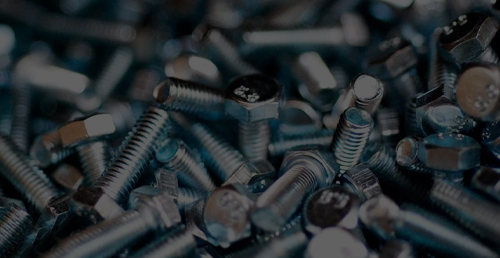Self Drilling Screws Manufacturing Facility for Efficient Construction Solutions
Exploring the World of Self-Drilling Screws A Deep Dive into Manufacturing
Self-drilling screws have revolutionized the fastening industry, offering a unique solution to a variety of construction and manufacturing challenges. At their core, these screws eliminate the need for pre-drilling holes, saving time and increasing efficiency on the job site. As demand for these innovative fasteners continues to rise, the role of self-drilling screw factories becomes increasingly vital in meeting this need.
Understanding Self-Drilling Screws
Self-drilling screws, also known as Tek screws or self-tapping screws, are designed with a pointed end that drills into materials such as metal, wood, or plastic. This feature allows them to form their own hole as they are driven in, making them ideal for applications where traditional screws would require additional steps. These screws are particularly popular in construction, HVAC, roofing, and auto manufacturing due to their strength and durability.
The design of self-drilling screws is a sophisticated blend of engineering and material science. Typically made from high-carbon steel, stainless steel, or alloyed materials, they are treated to enhance strength and resistance to corrosion. The drill point is precisely shaped to optimize penetration, reduce stress, and prevent material deformation during insertion.
The Manufacturing Process
The manufacturing process of self-drilling screws is a complex operation that involves several stages. It begins with the selection of raw materials. Quality steel is essential to ensure that the screws can withstand the forces they will encounter in practical applications. The steel is often galvanized or coated to protect against rust and extend the life of the screws.
Once the raw material is ready, the manufacturing process involves several key steps
1. Wire Forming The steel wire is fed into a forming machine, which shapes the wire into screw blanks.
2. Thread Rolling The blanks are then passed through a series of thread rolling machines. This process creates the helical thread that allows the screw to grip the material it penetrates effectively.
3. Drill Point Shaping The next step is to form the drill point, which is critical for the self-drilling capability. Precision machining is employed to ensure that the point is sharp and designed for optimal performance.
self drilling screws factory

4. Heat Treatment To enhance strength, screws undergo heat treatment. This process involves heating the screws to a specific temperature and then cooling them rapidly to achieve the desired hardness.
5. Finishing and Coating Finally, screws are finished and coated. The coating not only provides protection against corrosion but also improves the aesthetic appeal of the screws.
6. Quality Control Quality assurance is paramount in the manufacturing process. Factories conduct various tests, including tensile strength tests, corrosion resistance tests, and dimensional inspections to ensure each screw meets industry standards.
The Role of Technology in Manufacturing
Modern self-drilling screw factories leverage advanced technology to enhance production efficiency and product quality. Automation plays a significant role, with robotic systems handling material feeding, assembly, and packaging. Computer Numerical Control (CNC) machines are utilized to ensure precision in manufacturing, reducing the likelihood of defects.
In addition, the integration of digital monitoring systems allows factories to collect data on production efficiency and quality control. This information can be analyzed to optimize processes, reduce waste, and improve overall productivity.
The Market Demand
The demand for self-drilling screws is on the rise, driven largely by the booming construction and manufacturing industries. As projects become more complex, the need for reliable and efficient fastening solutions grows. Self-drilling screws simplify the construction process, making them a preferred choice among contractors and builders.
Moreover, the increasing trend towards prefabrication and modular construction is further fueling the demand for self-drilling screws. As construction methods evolve, so do the requirements for fasteners, highlighting the need for ongoing innovation in self-drilling screw manufacturing.
Conclusion
In conclusion, self-drilling screws are an essential component of modern construction and manufacturing. The factories that produce these innovative fasteners play a crucial role in ensuring that they meet the ever-increasing demand for quality, efficiency, and reliability. As technology continues to advance, the future of self-drilling screw manufacturing looks promising, paving the way for even more innovative fastening solutions.
-
Weatherproof Plastic Expansion Anchors for OutdoorNewsJun.06,2025
-
Sustainability in the Supply Chain: Eco-Friendly TEK Screws ProductionNewsJun.06,2025
-
Load-Bearing Capacity of External Insulation FixingsNewsJun.06,2025
-
Double Head Bolts: Enhancing Efficiency in Industrial MachineryNewsJun.06,2025
-
Corrosion Resistance in Chipboard Screws: Coatings for Wholesale DurabilityNewsJun.06,2025
-
Butterfly Toggle Bolts : Enhancing Structural ResilienceNewsJun.06,2025
